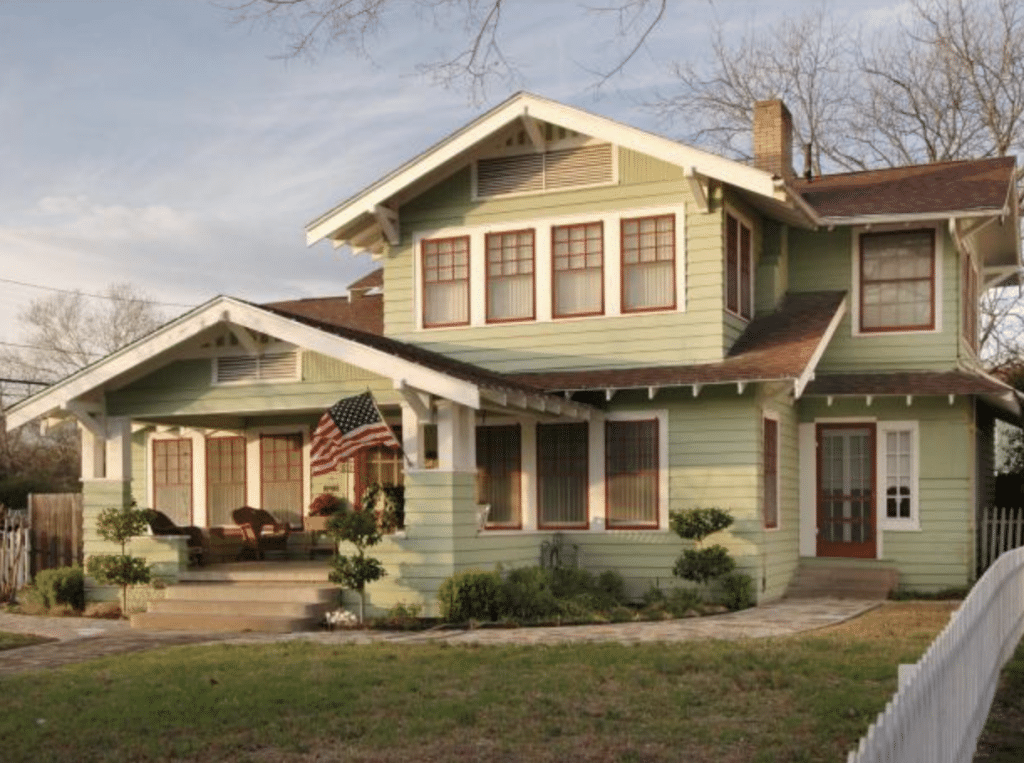Architecture, as an art form, reflects a society’s progression, technological advancements, and cultural depth. Spanning from ancient pyramids to contemporary skyscrapers, it tells the story of human habitats over millennia. This article explores architecture in more detail, with a special focus on residential designs. It examines the progression of residential architecture from its early beginnings to its modern incarnations, highlighting the enduring impact of various historical architectural styles.
It’s important to understand the historical influences on the works of modern residential architects. Far from being relics, these influences serve as a guide for contemporary design, merging the old with the new in inventive ways. We’ll reveal how historical styles and techniques inspire modern architects, resulting in unique blends of vintage charm and contemporary style. The integration of these elements creates distinct, adaptive constructions that reflect a fusion of different eras.
Understanding Architecture: Then and Now
Architecture combines art and science in the design and planning of the built environment. Initially focused on functional and structural considerations, architecture has expanded to also prioritize aesthetic appeal. The early emphasis on functional strategies in residential architecture gave way to more elaborate designs as human needs and civilizations developed, leading to significant architectural variations across time and regions.
Residential architecture has progressed from natural-material homes of the prehistoric era to the grand structures of ancient civilizations. Architectural progress paralleled societal expansion, producing iconic structures like Egyptian pyramids and Greek marble buildings. The classical era ushered in aesthetics alongside functionality, followed by the Gothic era’s elaborate designs. Today’s residential architecture emphasizes versatility, simplicity, and functionality, integrating technological advancements for energy-efficient and environmentally friendly modern homes.
Historical Eras of Architecture
The history of architecture is a vivid narrative of human civilization, seen through the environments constructed by societies. Ancient architecture, with its resilient materials like stone, set a foundational blueprint, as seen in Egyptian pyramids and Greek temples. The classical era brought sophisticated designs and symmetry, with Roman innovations like arches and domes.
Gothic architecture, recognizable in religious buildings, featured detailed sculptures and tall spires. The Renaissance, advocating proportion and simplicity, marked a shift from the complex details of Gothic. Modern architecture, leveraging new materials like steel and glass, reflects advancements while remaining rooted in historical foundations.
Influence of Historical Architecture on Modern Residential Architecture
Historical architecture’s influence on contemporary design is undeniable, showcasing a fusion of past, present, and future. Modern architects creatively adapt historical styles into contemporary residential architecture, extending these influences beyond grand structures to include detailed patterns and techniques from various epochs. This integration offers a nostalgic charm and distinctiveness, making modern designs stand out in comparison.
Modern residential architecture often exhibits the influence of diverse historical elements, from neoclassical architecture to Gothic arches and Renaissance motifs. These elements are skillfully combined to create a harmonious aesthetic that honors the past while fitting seamlessly into the modern context. This melding of old and new not only shows architectural expansion but also the ongoing interplay of tradition and innovation shaping our living spaces.
Challenges of Merging Historical Influences with Modern Architecture
Combining historical styles with modern architecture entails balancing old-world charm with contemporary needs and technology. Historical designs, often prioritizing beauty over modern considerations like energy efficiency, pose challenges when integrating with contemporary technologies. Architects must often choose between maintaining historical aesthetics and practical modern requirements.
Another challenge lies in adapting historical designs to meet modern living standards and regulations. This involves creatively modifying rigid, historical layouts for contemporary flexible spaces and ensuring compliance with current building codes. These challenges require innovative solutions and a deep reverence for architectural history.
Contribution of Historical Influences to Modern Sustainable Architecture
Sustainable architecture, minimizing environmental impact, is deeply influenced by historical practices. It promotes resource efficiency, building on ancient techniques like passive solar design, a fundamental component in green building today. Historical strategies like natural ventilation and using local materials have been adapted into modern sustainable architecture, maintaining traditional wisdom while guiding eco-friendly design.
Future of Modern Residential Architecture
The future of residential architecture is poised at an exciting intersection of technology, sustainability, and historical wisdom. Upcoming designs are expected to blend advanced technology and green building principles with traditional architectural techniques. This combination promises functional, aesthetically pleasing, and sustainable living spaces, drawing on the rich heritage of past styles to meet contemporary challenges.
Historical architecture’s role in future residential designs remains key, offering inspiration and practical solutions for modern challenges. Ancient techniques, developed with sustainability in mind, hold immense value as modern architecture embraces eco-friendly principles. Historical styles, with their unique aesthetics, continue to influence and enrich modern design.
This exploration of architecture’s progression reveals the profound impact of historical styles on modern residential design. It highlights contemporary architects’ penchant for integrating historical elements, facing challenges to merge past aesthetics with modern needs. Historical influences not only enrich the aesthetic identity of modern architecture but also contribute significantly to its sustainability. Looking ahead, the synthesis of historical wisdom and modern innovation is set to shape the future of residential architecture in unique and meaningful ways. Embracing the lessons from our architectural heritage, we continue to craft homes that not only meet the demands of modern living but also honor the rich tapestry of our past.
